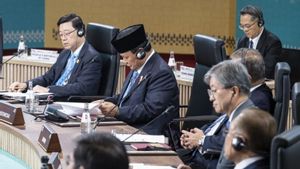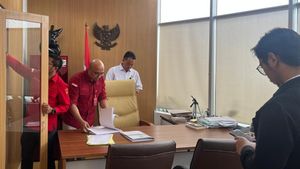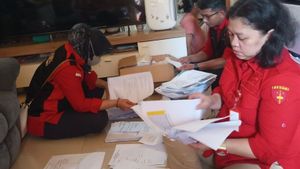YOGYAKARTA - Have you ever wondered how we build an understanding of the world around us? The theory of learning constructiveism offers an interesting answer to that question.
Instead of being a passive recipient of information, constructive views us as an active builder of knowledge. Let's discuss more about this theory and its implications in education.
Reporting from the Western Governors University School page, constructive theory emphasizes that we not only receive information passively, but we are actively compiling and regulating that information to create a coherent understanding.
Imagine our thoughts like a building. Every new experience is the bricks we add to build the building.
Then teachers as educators, will have an important role in providing the right building materials and creating a conducive environment for students to build their own knowledge.
Constructivism theory places students as active builder of their own knowledge. Instead of passively receiving information, students actively connect previous experiences, ideas, and knowledge to create a unique understanding. Here are some of the key principles that underlie this theory:
Each individual builds his own understanding based on unique experience and perspective. Thus, knowledge is not only transferred from teacher to student, but is built actively by students.
Learning is not a passive process. Students need to be actively involved in the learning process, such as conducting experiments, discussing, and solving problems. Through active engagement, students build stronger connections between new concepts and previous knowledge.
Before continuing, also read the article that discusses 3 Tips on How to Reject Job Offers without being blacklisted
Learning does not occur in isolation. The social, cultural, and environmental context in which students learn greatly affects the way they understand and interpret information.
Knowledge is not something static, but it continues to develop along with new experiences and reflections. Students are constantly revising and perfecting their understanding.
Social interactions with peers and teachers are very important in the process of knowledge construction. Through discussion and collaboration, students can share ideas, gain new perspectives, and deepen their understanding.
Intrinsic motivation is key to encouraging students to learn. When students are interested and involved in a topic, they are more likely to be active in seeking knowledge and building an in-depth understanding.
Live experiences, such as experiments, projects, and case studies, provide students with the opportunity to connect abstract concepts with the real world, thereby strengthening their understanding.
Self-reflection is an important component in constructive learning. By reflecting on their learning experience, students can identify the gaps in their understanding and develop more effective learning strategies.
SEE ALSO:
Thus, it is important to understand how teachers can implement constructiveism in their class to create a learning environment that is unique to students.
In constructive classes, teachers play a role in creating a collaborative environment where students are actively involved in their own learning. Teachers play a more role as learning facilitators than as real instructors.
Teachers also have to work to understand the students' initial concepts and understanding, then work to incorporate knowledge into the area.
Finally, teachers also need to adjust their teaching so that it is in accordance with the level of student understanding.
Apart from studying constructive theory, follow other interesting articles too. Want to know other interesting information? Don't miss it, keep an eye on the updated news from VOI and follow all the social media accounts!
The English, Chinese, Japanese, Arabic, and French versions are automatically generated by the AI. So there may still be inaccuracies in translating, please always see Indonesian as our main language. (system supported by DigitalSiber.id)
















